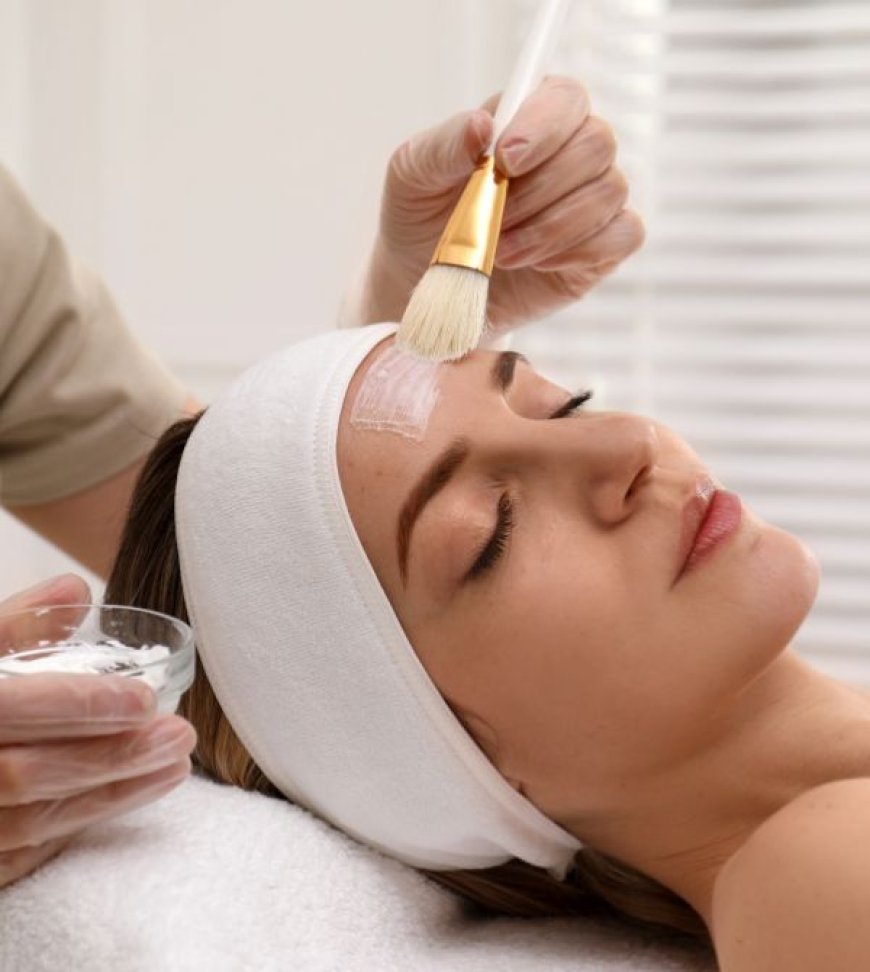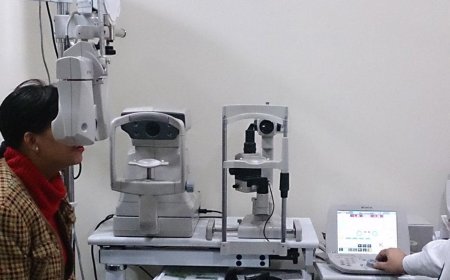Understanding the pH Levels in Chemical Peels
Your skin is treated with a chemical solution that damages or traumatizes the layers of your skin. Eventually, the skin layers come off to show skin that is younger. The new skin typically has a more even hue, a brighter complexion, and fewer creases and lines.

When considering Chemical Peels in Islamabad, one crucial aspect that often goes unnoticed is the pH level of the peel solutions. The pH scale, which ranges from 0 to 14, measures the acidity or alkalinity of a substance. Understanding how pH levels influence the effectiveness and safety of chemical peels can help you make informed decisions about your skincare treatments.
The Importance of pH in Chemical Peels
The pH level of a chemical peel solution is a vital factor that determines its effectiveness. Chemical peels work by applying acidic solutions to the skin, which help to exfoliate dead skin cells, unclog pores, and promote cell turnover. The more acidic the solution (lower pH), the more effective it tends to be at penetrating the skin and achieving these results.
-
Acidic Solutions (pH below 7): Most chemical peels are formulated to have a low pH, typically between 1 and 3. These acidic solutions effectively dissolve the bonds between dead skin cells, allowing for easier exfoliation. Common acids used in peels include glycolic acid, salicylic acid, and trichloroacetic acid (TCA).
-
Neutral Solutions (pH around 7): Neutral pH peels may be gentler and less effective for severe skin concerns but are suitable for sensitive skin types. They provide milder exfoliation, making them ideal for those seeking a more subtle enhancement.
-
Alkaline Solutions (pH above 7): While less common in chemical peels, alkaline solutions can still be found in some treatments. However, they are generally not recommended for facial peels as they can disrupt the skin’s natural acid mantle, leading to irritation and inflammation.
pH and Skin Reactions
Understanding the pH levels of chemical peels can also help you anticipate potential skin reactions. Skin is naturally acidic, with a typical pH range of 4.5 to 5.5. When you apply a peel with a significantly lower pH, your skin may experience:
-
Tingling or Burning Sensation: It’s common to feel some tingling or warmth during a chemical peel, especially with stronger acids. However, if the sensation becomes painful, it’s essential to inform your skincare professional immediately.
-
Redness and Irritation: Post-peel, some redness is normal, but excessive irritation can signal that the peel may have been too strong for your skin type.
-
Peeling and Flaking: After a peel, your skin will likely go through a period of peeling as it regenerates. The extent of peeling depends on the strength of the peel and your skin type.
Choosing the Right Chemical Peel
Choosing the right chemical peel involves considering your skin type, concerns, and tolerance for acidity. Consulting with a qualified skincare professional can help you determine the appropriate peel and pH level for your needs. They can tailor the treatment to ensure optimal results while minimizing risks.
Conclusion
Understanding pH levels in chemical peels is essential for maximizing their effectiveness and ensuring safety. If you're interested in exploring Chemical Peels in Islamabad, it’s important to consult a trusted professional who can guide you through the options available. At SKN Cosmetics Clinic, our experts are committed to providing personalized care to help you achieve your skincare goals safely and effectively.
What's Your Reaction?















![Noots Focus Reviews [Truth Exposed 2025]!](https://news.bangboxonline.com/uploads/images/202501/image_430x256_678e3b94881a1.jpg)
![Vivalis Male Enhancement: The Must-Know Ingredients [2025 Update]](https://news.bangboxonline.com/uploads/images/202501/image_430x256_678e3b54e396c.jpg)









